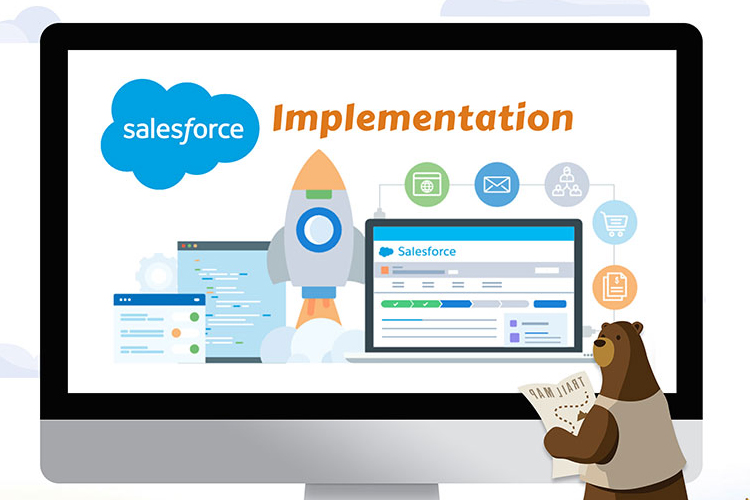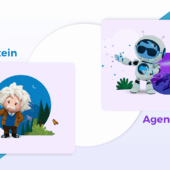There are several best practices that we have to follow while being in any role, be it Salesforce Admin, Developer, QA, or Business Analyst in any organization. These are the basics, well-known to both us and industry leaders. However, we often miss out on them due to reasons like time constraints or oversight while transferring knowledge to our juniors. These small things that we overlook can play a major role in any disaster that impacts business operations.
Here are some major and important best practice notes for both profiles that you should follow and also ensure that others adhere to as well.
For Salesforce Admins
1. Implement Strong Data Governance
- Use Validation Rules and Duplicate Rules to maintain clean data.
- Set up Field-Level Security to protect sensitive information.
- Regularly audit and clean unused data fields.
2. Optimize User Access and Permissions
- Follow the Principle of Least Privilege when assigning permissions.
- Use Permission Sets & Permission Set Groups instead of multiple profiles.
3. Leverage Standard Features Before Customization
- Use Flows instead of Apex Triggers when possible.
- Adopt Dynamic Forms & Actions for flexibility.
4. Maintain a Structured Naming Convention
- Standardize names for Objects, Fields, Reports, and Dashboards.
5. Regularly Audit and Monitor Your Org
- Utilize Field Usage Reports and Audit Trails.
- Implement Multi-Factor Authentication (MFA) for security.
For Salesforce Developers
1. Write Scalable and Efficient Code
- Bulkify Apex code and avoid SOQL inside loops.
- Follow Governor Limits and implement Try-Catch Blocks.
- Use CRUD & FLS Checks to ensure security compliance.
2. Use a Trigger Framework
- Implement a Trigger Handler Pattern to separate logic from triggers.
- Maintain one trigger per object to improve maintainability.
3. Secure API and Integration Practices
- Use Named Credentials for secure external connections.
- Follow OAuth 2.0 Authentication for integrations.
4. Adopt CI/CD for Deployment
- Use Source Control (Git, Bitbucket, GitHub) for tracking changes.
- Implement Salesforce DX (SFDX) for modular development.
- Write Apex Test Classes to validate functionality before deployment.
5. Stay Updated and Engage with the Community
- Follow Trailhead for continuous learning.
- Participate in Salesforce Community Groups & Events.
By following these best practices, Admins and Developers can ensure a secure, efficient, and scalable Salesforce implementation.
What are your top Salesforce best practices? Share your thoughts in the comments!
Blog by:-
Akshay Ojha
(Director of Client Transformation)
Virtuowhiz Consulting Pvt. Ltd.








